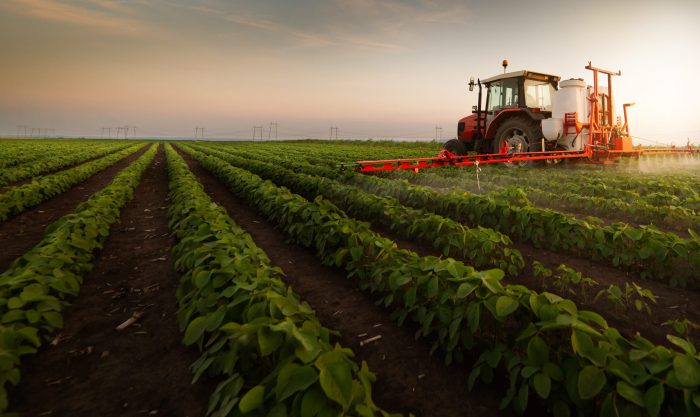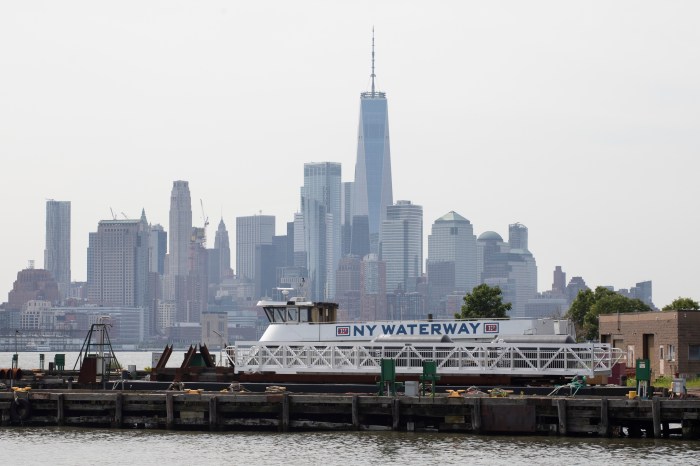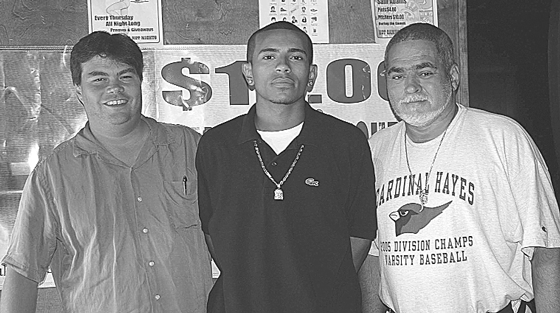With spikes in COVID-19 infection rates hitting New Jersey and Connecticut, Governor Andrew Cuomo, while offering support, said tentatively on Tuesday that travel between the three should be avoided if possible.
Ceding that enforcing travel advisory guidelines begins and ends at airports essentially, Cuomo admitted that the economic impacts of preventing people from going across state lines for work could negatively impact the economy which his administration is focused on reopening.
“There’s no practical way to quarantine New York from New Jersey and Connecticut, there are just too many interchanges, too many interconnections, there are too many people who live in one place and work in the other. It would have a disastrous effect on the economy,” Cuomo said. “So we’re going to be talking to Connecticut and New Jersey to see how we can help them with their spikes, and also talk to them about making it clear that to an extent, if travel between the states is not essential, it should be avoided.”
While New Jersey and Connecticut meet the criteria to be added to the state’s travel advisory list requiring a 14-day quarantine for anyone crossing state lines, they will not be added to the 43 existing states.
According to Cuomo, New Yorkers can expect more information and possibly guidelines on traveling within the Tri-State region on Wednesday.
In a joint statement released late Tuesday, Cuomo along with New Jersey Governor Phil Murphy and Connecticut Governor Ned Lamont reiterated to tri-state area residents that they should avoid “unnecessary or non-essential travel,” but that “residents of our states” will not be subject to a quarantine if coming from a neighboring state.
“New York, New Jersey, and Connecticut have among the lowest infection rates in the country because we have based our approaches to controlling the spread on science and data, and we will continue to do so,” the statement concluded.
Updated on Oct. 20 at 6:40 p.m.





































